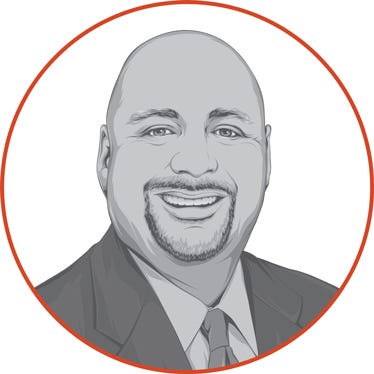
One big question that’s often on the mind of current farm leadership, especially if they hope to retire or ease back from leadership responsibilities someday, is whether the next leader is truly ready and able to run the operation.
This is an important question, yet it can seem difficult to answer. It can be tough to evaluate the readiness of the future leader, whether the actual leadership transition is set to start next month or in ten years.
Ready or not?
Sometimes part of the difficulty in assessing the farm’s future leader can come if the current leader or leadership team doesn’t feel quite ready themselves for that transition. I’m thinking of farm leaders who feel they don’t have a clear plan or clear timelines for the transition or don’t want to hand over all the responsibilities yet.
The good news is that a farm transition doesn’t have to be an “all or nothing” scenario. Often, the best farm leadership transition plans move leadership responsibilities from the current to future leader in a very gradual way.
This is an advantage for both parties – the future leader has the opportunity to gain additional responsibility in a less overwhelming way while developing their confidence, and the current leader can observe the growing abilities of the next generation and gain more confidence in them over time.
Do these three
There are three steps the current and future leader can take together to help answer this question and ease the minds of both parties.
Talk about goals and timelines together. This is a key first step to help both people get on the same page. When goals are discussed and agreed upon together, expectations can also be aligned. Getting expectations on the same page is key because it can help prevent future disappointments from happening for either party. Timelines are also important to agree on, since that can have a major impact on what needs to be done and how quickly.
Plan for hands-on practice. Opportunities for the next generation leader to get actual hands-on practice in the types of decisions they’ll be making are one of the most important things they can be doing to prepare for the leadership role. Make a list together of all the different areas of decision-making the current leader is responsible for. Then decide how and when the future leader will first observe and then gradually practice and finally become responsible for each area of decision-making. To start, consider the idea of carving out a “sandbox,” or one area where the future leader will be fully responsible for decision-making. It’s fine to discuss ideas with the current leader, but the final decision rests with the future leader in that area. It can be helpful to follow up and talk about how the process is going and any ideas for improvements.
Evaluate at regular intervals. A leadership training plan can evolve and change along the way as the future leader makes progress. This works best if both parties are open and honest about how the learning process is going, and where additional learning still needs to take place. That way, both the current and future leader are clear on what part of the training process they’re currently in, and how much more needs to be covered to get closer to a full leadership transition.
Marketing experiences
One decision-making responsibility of the leader is around marketing plans and decision-making. That’s definitely an area where the future leader needs to have hands-on experience and the opportunity to build their own decision-making confidence over time.
Farmers often say working with a market advisor who can help teach and involve the next generation can bring a lot of peace of mind. Get in touch with our team of market advisors or get a free two-week trial of our marketing information service at www.waterstreetconsulting.com.
About the Author(s)
You May Also Like






